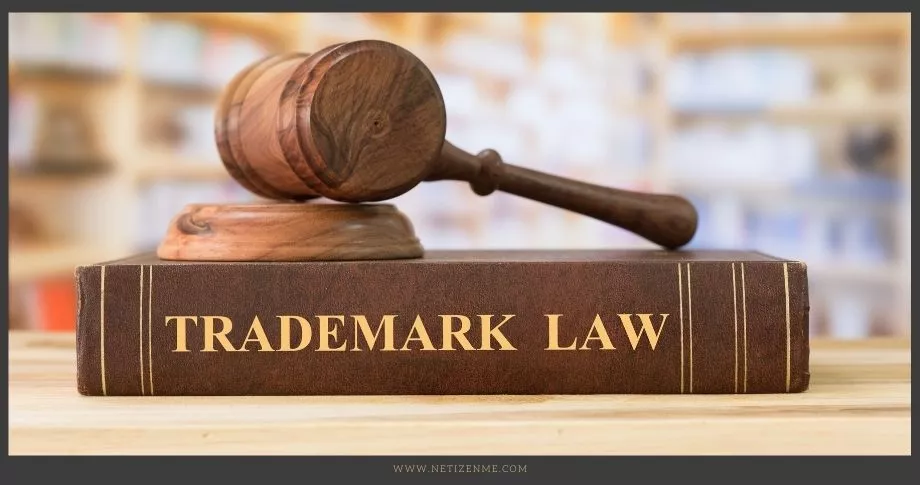
Trademark Law
Trademark Law – An Overview
Although trademarks are included in the intellectual property law, they are unique from other intellectual properties. The major focus of the trademark is to focus on the consumer. It acknowledges certain rights to a particular business as the source of a specific good. This article will, therefore, attempt to look at the trademark law and their application in society and to what extent they should be applied.
Case Studies
In the case between Binnie J., Mattel, Inc. v. 3894207 Canada Inc, the Supreme Court of Canada did not rule against the owners of the brand. When ruling out the case, the Supreme Court was careful to uphold the matter of public interest. Mattel appealed against the Trademarks Opposition Board for refusing to grant him orders to stop the registration of a company known as BARBIES. According to him, his trademark BARBIE had been registered to sell dolls and this would confuse his clients. Despite some similarities between the trademarks, the Supreme Court nullified his application and termed it a null void. In their ruling, they stated that fairness must be observed and all companies must be allowed to operate of free will. Also, the monopoly of a certain trademark rested on the public interest.
Therefore, in this case, the public would not confuse between BARBIES and BARBIE. The Supreme Court noted that BARBIE dealt with the business of selling dolls whereas BARBIES was dealing with restaurant services. Mattel’s appeal was dismissed with the court sitting that ruling in favour. Which was going to create an exclusive market and would surpass the law of trademarks. They went on to state that no customer would confuse both brands because they were too diverse in terms of their markets. The court, therefore, concurs that the trademark law should not stretch overboard. And also, it should use in the interest of the public.
Nonetheless, regulatory and non-regulatory proceedings should protect trademarks
These proceedings can be to cancel the use of certain trademarks because of infringement on the original user. It is because specific brands represent particular products that help consumers identify with the said product.[1] But, this does not mean that the owner of the brand has the right to have all the customers in the business. In a perfect market, the trademark owner depends on the goodwill of the consumers rather than the monopoly.
The primary use of a particular trademark is to help consumers relate to a specific product and also the quality. For instance, in Mattel’s case, the Supreme Court of Canada did not see any reason for cancelling the trademark belonging to BARBIES. Because its operations were not going to affect the doll company BARBIE in any way. In case the defendant used the same trademark, including the symbol and name, then that trademark would be cancelled. And also, it will be null and void.
The Supreme Court of Canada also decided that there would be no confusion in the trademarks of BARBIE and BARBIES. Because there was a huge difference in the existence of the brands. Regarding the doll business, BARBIE had been in business since 1962 whereas the restaurant BARBIES had come into the market in 1992. That means that the dolls business has been in business for so long hence building a solid clientele. According to the above reason, the court, therefore, did not see any impediment to the dolls’ business.
So, what was the primary aim of the company?
The primary aim of the company was to provide quality products for them to have a competitive edge in the market. The use of the trademark would not affect them in any way. The business had established a chain of clients and there was no way these clients would confuse the company with another firm due to similarity in the trademark. This would thereby agree with the trademark law which states that a trademark should be used to distinguish one company’s services from others in the operating market as well as guarantee the quality of goods[2]. On the other hand, the restaurant business would attract its kind of clientele because they operated in a different industry than the doll business.
Trademark Infringement
When trademarks are related to the same product, then, confusion among the customers may occur. For instance, if a company used a musical work that was similar to another company, the trademark law would have been infringed. This is because consumers would have purchased one product thinking it was another. Hence reducing the value and profits of the other company. However, many countries such as Canada, have been reluctant to approve that law. In the case between Binnie J., Mattel, Inc. v. 3894207 Canada Inc, the consumers would not confuse the companies because there was no similarity in the trademarks because of the difference in the products they were selling.
Trademark Confusion
Concerning fame, the Supreme Court of Canada agreed indeed that fame in a brand would cause trademark infringement because the brand was so famous that any service was associated with it. Therefore, means that any other person who went to register their company under the same trademark would be going against the law because they will ride on the fame of the famous company. In the case of similar goods and services, consumers would confuse the two brands. In the above case, the Supreme Court of Canada stated that the BARBIE doll brand was not that famous and that the trademark BARBIES would not affect its customer base. This was a significant factor that determined the trademark confusion.
Furthermore, one trademark was in the restaurant industry, while the other was in the dolls industry. Therefore, there was no way that the consumers of these two different brands to meet. Trademark infringement can occur when one company copies the trademark of another famous company offering the same product. Because consumers will tend to confuse the two companies.
Logo / Mark
A “logo” constitutes a very important symbol in a trademark. In 1987 a Federal Court in Canada in the case 1987 Playboy Enterprises Inc. v. Germain a “mark” was defined as any symbol which could represent physically[3]. Therefore, every company needed to have a mark that would distinguish itself from the rest. Even if businesses had almost the same name, the “mark” would recognize the business. For instance, if two companies had the same name, and one had a symbol of a fork whereas the other had a knife, it is clear that they have different “marks”. Consumers would use those symbols to differentiate the companies. They would also distinguish their companies from the quality products and services offered. However, if one company adopts a “mark” of another company, it may lead to the cancellation of the trademark due to infringement.
Nonetheless, “marks” cannot be considered infringing in nature if they are distinctive. A mark is considered unique based on two categories. Those two categories are inherent distinction and secondary distinction. Inherent trademarks distinguish products from the rest. Therefore, specific words are used to mean a specific product[4]. For instance, APPLE means computers. Also, another example of an inherent distinction is the use of the word YAMAHA which means motorcycles.
When any consumer hears these words, they immediately relate to the specific product. A secondary mark has acquired distinctiveness but does not show the origin of a good or service. In the case between Binnie J., Mattel, Inc. v. 3894207 Canada Inc, there was no infringement of marks. This means that no company between the two could control a certain name in the market. Furthermore, the BARBIE dolls company was incorporated first but were not that famous for controlling an inherent distinction in the market.
Conclusion
The owner of a trademark serves the consumers with quality goods and services. It is also crucial to note that the trademark law should be applied. Also, any individual or company should not infringe on it. Nevertheless, trademark violation does not occur when similar business names occur. Except when two businesses are in the same industry and use the same “mark” and also offer the same products and services to the consumer. It is an infringement of rights on the original company because this affects the choice of the consumer. As a result, the customer confuses by an identical product in the same market. Therefore, fairness must be observed and all companies must be allowed to compete fairly and equally in a free market.
Reference List:
- Economides, Nicholas. “Trademarks.” (1997).
- Playboy Enterprises Inc. v. Germain (1987).
- Provost, Marie-Jeanne. “Canada’s Current Position concerning Sound Marks Registration: A Need for Change?.” Canadian Journal of Law and Technology 8, no. 1 (2010).
- Vaver, David. “Intellectual property law: copyright, patents, trade-marks.” (2011).
- [1] Provost, Marie-Jeanne. “Canada’s Current Position concerning Sound Marks Registration: A Need for Change?.” Canadian Journal of Law and Technology 8, no. 1 (2010)
- [2] Vaver, David. “Intellectual property law: copyright, patents, trade-marks.” (2011)[3] Playboy Enterprises Inc. v. Germain (1987), 16 C.P.R. (3d) 517 (Fed. T.D.) [Playboy]
- [4] Economides, Nicholas. “Trademarks.” (1997)
- How American Express leverages diversity

- Techniques to Shift from Individual to Corporate Foresight

- The Digital Workspace

This article is written by:
Our professional writers and editors are passionate about sharing high-quality information and insights with our audience. We conduct diligent research, maintain fact-checking protocols, and prioritize accuracy and integrity to the best of our capacity.
You can cite our articles under the author name "Netizenme"







